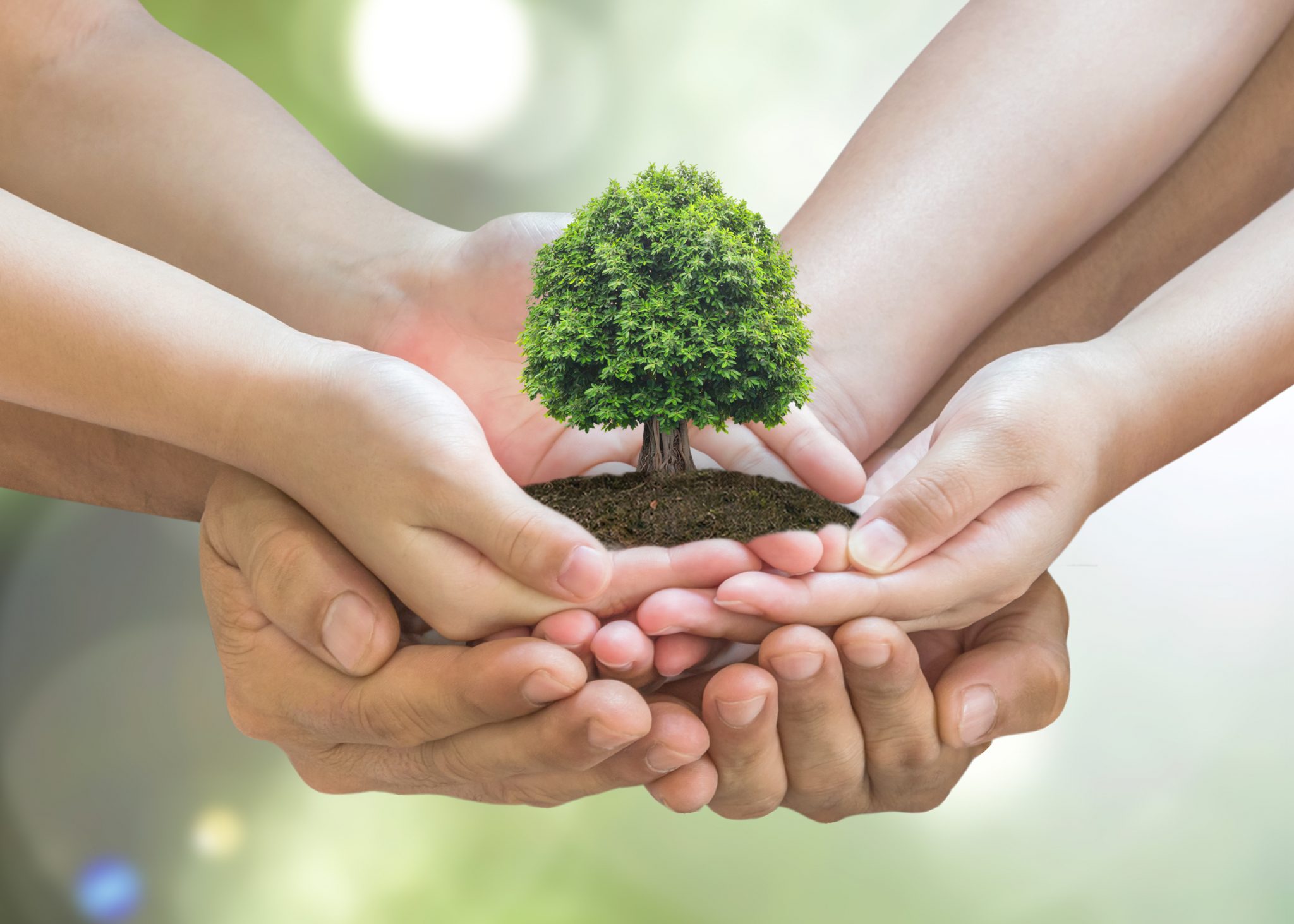Green tips on Gel Safety – Switch-over to the only proven ‘safe’ gel stains!
Spring clean – Go Green: April 22nd was Earth Day. Research labs routinely use toxic and hazardous chemicals and generate large amounts of reagent waste. This is a good time to review your chemical cabinet and assess safer and more earth-friendly options. Gel stains are a staple and probably one of the most widely used class of reagents in laboratories worldwide. Their use in classrooms and teaching laboratories is also rising as they provide simple visualization of DNA or proteins. Take note, are you still using Ethidium bromide in DNA gels? Do you still use hazardous acetic acid and methanol-based protocols for staining protein gels? Maybe: if you’ve been following long established protocols, you may not be aware that safer alternatives are available that could allow you to eliminate toxic, mutagenic and hazardous products from your work zone.
Although ethidium bromide poses significant health and environmental hazards, it still remains the most popular nucleic acid gel staining dye. It is easily absorbed through the skin and cell membranes, and is known to be a powerful mutagen. Significant costs and inconvenience are also associated with its decontamination and waste disposal. Protein gel staining also involves handling and exposure to several toxic and hazardous reagents such as methanol and acetic acid. Researchers have to bear the costs associated with shipping and handling of hazardous materials and associated waste disposal. Many researchers are looking for safer, earth-friendly alternatives.
Safe Gel Staining: Providing high-quality, safe and environmentally responsible solutions is at the core of Biotium’s research policy. With this intent, our scientists have developed non-toxic and non-hazardous alternatives for DNA and protein gel staining.
GelRed® and GelGreen® are next-generation fluorescent DNA stains that are superior, safer and non-mutagenic alternatives designed to replace the highly toxic ethidium bromide and its alternatives. These dyes were designed to incorporate feature such as latex impenetrability and cell membrane impermeability to prevent interaction with DNA in living cells. GelRed and GelGreen have been subjected to rigorous mutagenicity and environmental safety testing by multiple independent laboratories and are certified under CCR Title 22 to be non-hazardous for waste disposal. They can be conveniently disposed down the drain or as regular trash, for reducing shipping and waste disposal costs.
Our One-Step protein gel stains are non-toxic, 100% aqueous-based formulations for safe handling and easy disposal. They are certified under CCR Title 22 as non-toxic to the environment, and can be conveniently disposed down the drain after a simple pH neutralization step. Available in colorimetric (One-Step Blue®) and fluorogenic (One-Step Lumitein™/ Lumitein™ UV) options, staining is single-step and does not involve fixation, microwaving or washing steps, or hazardous reagents or additives.
Beware of Imposters: There are many so-called safe nucleic acid gel stains marketed as being safe because they are non-mutagenic in lab tests. However, most of these are traditional fluorescent dyes that rapidly penetrate the skin, are highly membrane permeable, and bind DNA in live cells, or are highly toxic to cells. Learn more in our gel safety flyer. Many protein gel stains are also marketed as single-step, but most require fixation and washing using toxic and hazardous reagents, adding to shipping and waste disposal costs.
Lab safety measures have significantly improved and are being implemented for better protection of the researcher and the environment. However, these same measures substantially add to the environmental burden due to elaborate waste disposal protocols. Be safer and more environmentally responsible! Learn more about Biotium’s earth-friendly products.






